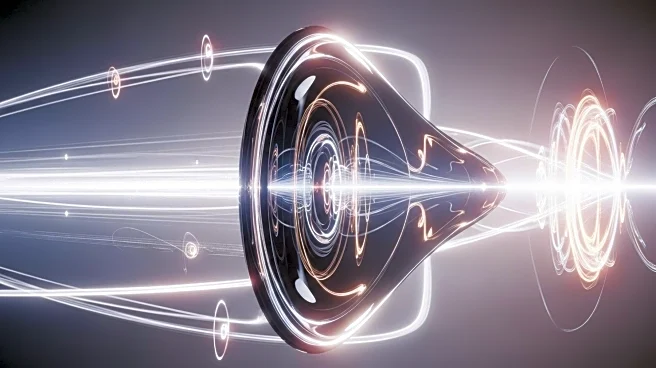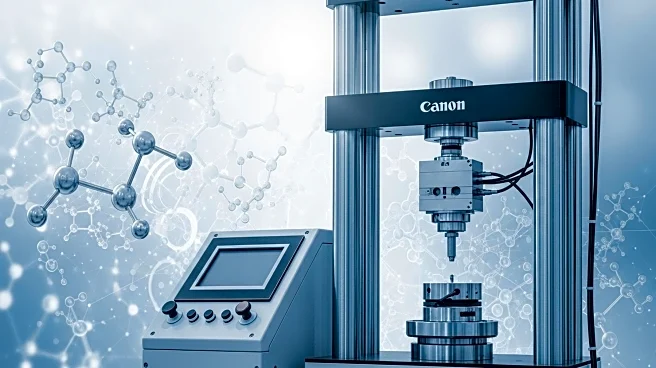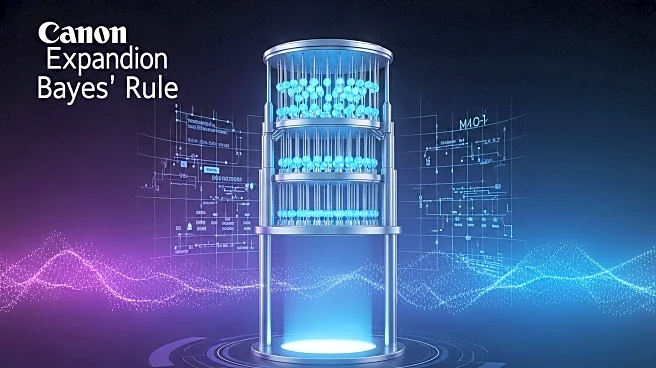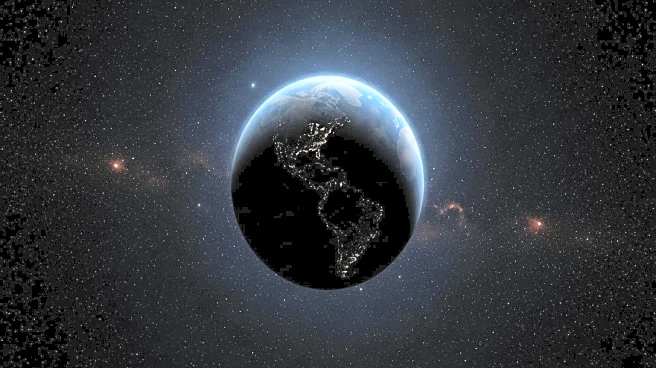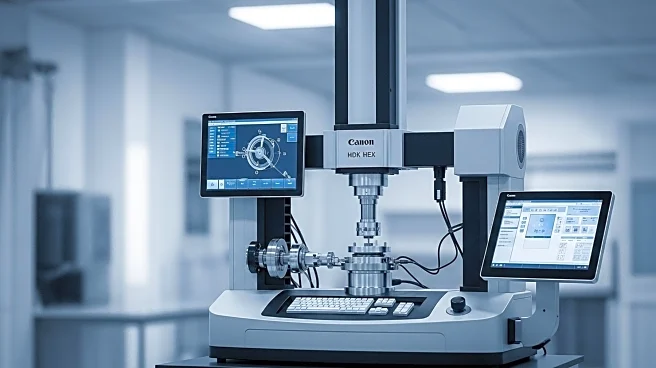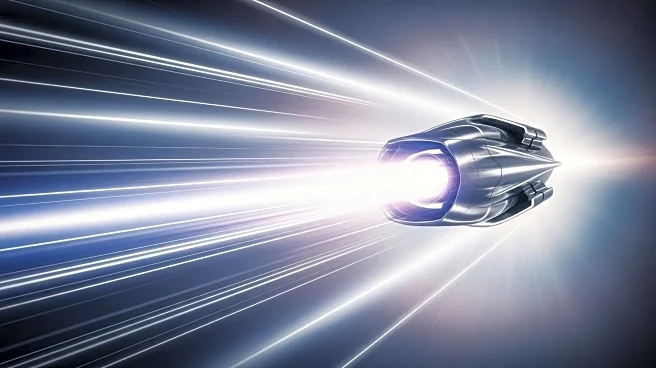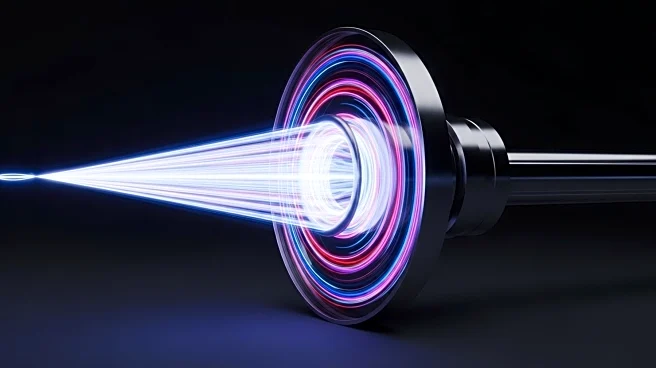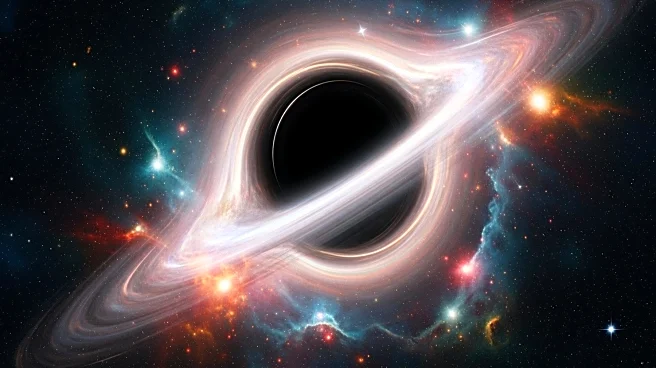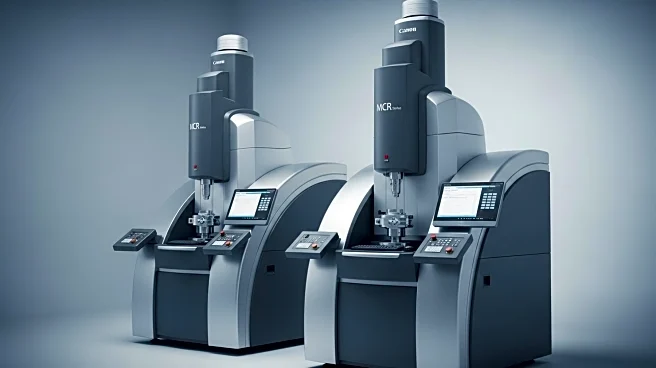What is the story about?
What's Happening?
Physicists at the Vienna University of Technology have successfully simulated the Terrell-Penrose effect, an optical illusion that occurs when objects move at speeds close to the speed of light. Using ultra-fast laser pulses and gated cameras, the team created snapshots of a cube and a sphere that appear to be moving at 99.9% the speed of light, despite remaining stationary. This effect, first theorized by Roger Penrose and James Terrell in 1959, challenges the conventional understanding of Lorentz contraction, which suggests fast-moving objects should appear shortened in the direction of motion. Instead, the Terrell-Penrose effect reveals that such objects appear rotated due to the varying times light from different parts of the object takes to reach the observer. The study, published in Communications Physics, marks the first time this illusion has been recreated in a laboratory setting.
Why It's Important?
The successful simulation of the Terrell-Penrose effect provides a tangible demonstration of complex relativistic effects, offering new insights into the behavior of light and motion at extreme speeds. This advancement not only validates century-old theoretical predictions but also enhances the understanding of special relativity, which is fundamental to modern physics. The ability to recreate such effects in a lab setting could pave the way for further experimental research in relativistic physics, potentially influencing fields such as particle physics and astrophysics. By demonstrating these effects visually, the study also serves as an educational tool, making abstract concepts more accessible to students and researchers.
What's Next?
The research team may continue to explore other relativistic effects using similar experimental setups, potentially expanding the scope of their studies to include more complex shapes or different materials. Future experiments could also aim to refine the techniques used, improving the precision and clarity of the simulated effects. Additionally, the findings could inspire other physicists to replicate the experiment or apply the methodology to different areas of physics, fostering collaboration and innovation in the field. As the understanding of relativistic effects deepens, it may lead to new applications in technology and science, particularly in areas involving high-speed particles or light manipulation.
Beyond the Headlines
The study highlights the intersection of theoretical physics and experimental techniques, showcasing how abstract mathematical predictions can be brought to life through innovative approaches. It underscores the importance of interdisciplinary collaboration, combining expertise in quantum physics, optics, and engineering to achieve groundbreaking results. The ability to simulate relativistic effects in a controlled environment also raises questions about the potential for new technologies that leverage these principles, such as advanced imaging systems or communication devices that operate at high speeds. Furthermore, the research may contribute to philosophical discussions about the nature of reality and perception, challenging traditional notions of how we observe and interpret the physical world.
AI Generated Content
Do you find this article useful?
